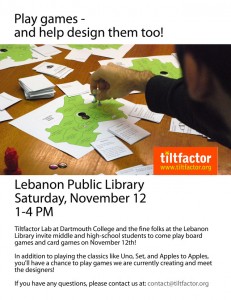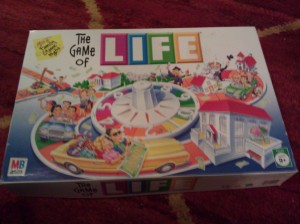In the Boston area? Please join us today for the last Purple Blurb event of the semester:
Penumbra: Rich Media & Gestural Text
Samantha Gorman
Creator of Penumbra, Books of Kells, Canticle
Instructor in Performance Studies & Digital Literature, RISD
M.F.A. Brown University
Monday, December 5, 5:30 pm
MIT’s 6-120
Samantha Gorman is a writer and media artist who composes for the intersection of text, dance, performance, and digital culture. She holds an MFA and BA in Literary Arts from Brown University, where she studied poetry and writing for digital media. Penumbra, a hybrid art/literature app for the iPad created with Danny Cannizzaro, challenges the notion of a static “ebook” by carefully integrating short film, rich animation, illustration and fiction.
Sponsored by the Angus N. MacDonald Fund
As always, this Purple Blurb event is free and open to the public.











